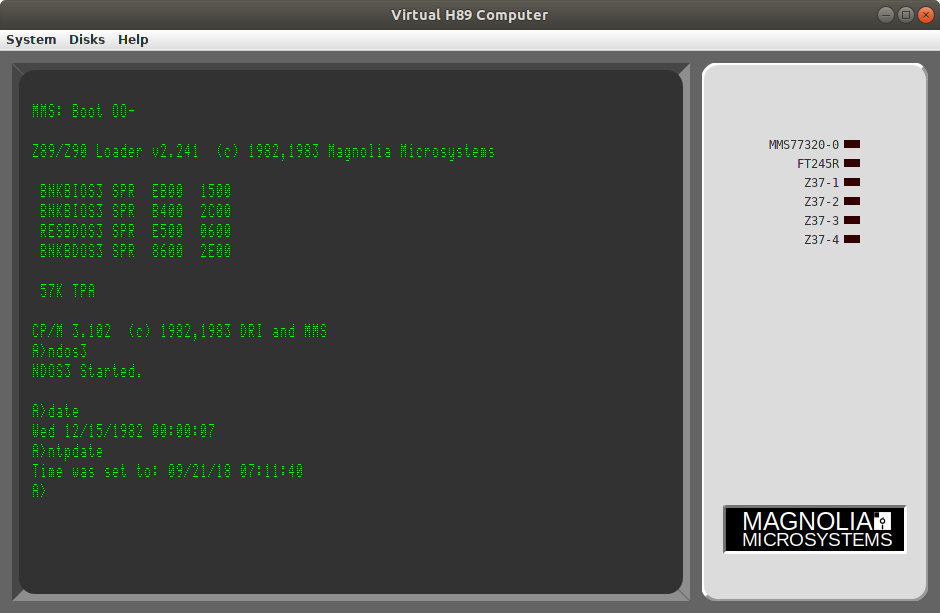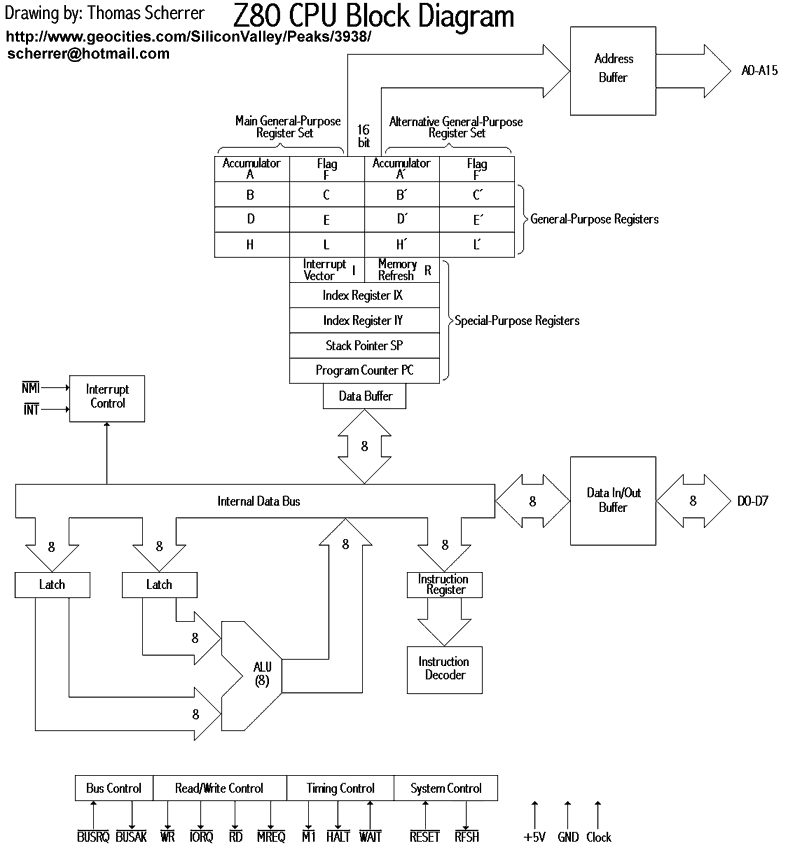

Z80 DISASSEMBLER ONLINE CODE
What is the better way of testing this kind of programs? I can compile all instruction but in real code there may be issues. It is poorly do it on 30-40% because of relative jump calculation issues. At the moment there is bugs in logic.Īs main test for the assembler I set to compile Monitor 48 written for TASM. I want to implement a Forth on the same base. The main advantage of a table is ease of adding new CPU support. It can also go the other way, taking a hexadecimal string of machine code and transforming it into a human-readable representation of the instructions. This tool takes x86 or 圆4 assembly instructions and converts them to their binary representation (machine code). The resulted code is large enough (~300kb) because of table, but it doesn't matter. Online x86 / 圆4 Assembler and Disassembler. If ( 0 > vasprintf ( &string, format, args ) ) string = NULL Is very simple - just read byte-by-byte and see if it prefix or not - then just look in the table for opcode and get corresponding mnemonic and print it char* compile_string ( const char* format. I don't need to format it manually - it all automatic. Printf ( new_opc->mnemo, ( uint16_t ) data ) On the first pass if there is a label it is substituted by INTMAX_MIN on Bison side, so if there is INTMAX_MIN as argument on the second run I suppose I should look into hashtable for previously calculated addressĪs I use preformatted mnemonic in the table, it is very simple to print it out: if ( PASS2 = run_pass & verbose ) It is followed by simple linear search by string (the first optimisation I see - use string hashes and binary search) const opcode_table* new_opc = find_opcode ( instruction ) And then it passes to the handle function: int handle_instruction ( char* instruction, intmax_t data, size_t size ) Addresses and user variables is hold in hash tables (UThash is used).Įach instruction user wrote is converted to the specific form, like DJNZ %#.2x in this example (if Bison was able to form the string and it is correct).

The first one there is only dry run in order to calculate labels' offsets, expand macroses etc. Source code is parsed by means of GNU Bison/Flex two times. The table itself is the same for assembler and disassembler. I created a table describing each instruction I found on the Net: typedef struct I want to know whether my idea is weird, wrong, bad by design or not so bad. I have never hacked others' assembler source codes as I want to do it the way I imagine it. I want to implement all known instructions, like LD D, RES 0, (IX + n) even if it will never be used. So I started from assembler/disassembler for Linux, though there is a lot of Z assemblers.
Z80 DISASSEMBLER ONLINE SOFTWARE
One of my wishes not only make hardware, but software too. I have a long-term project: DIY computer with various processors.


 0 kommentar(er)
0 kommentar(er)
